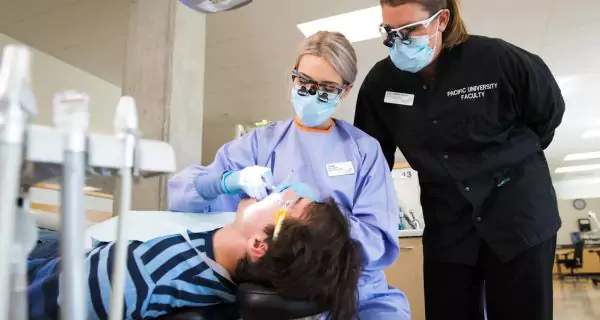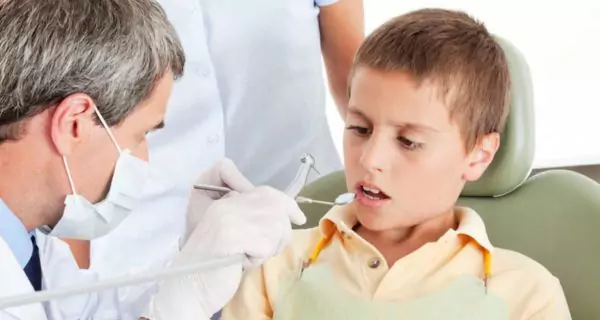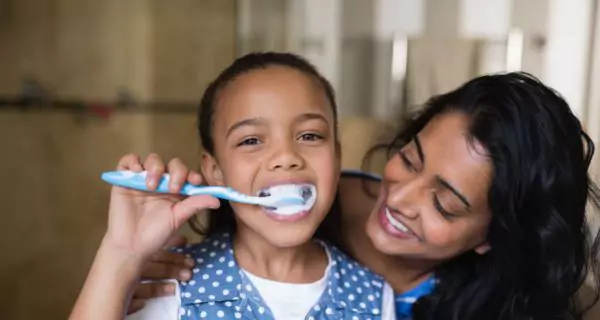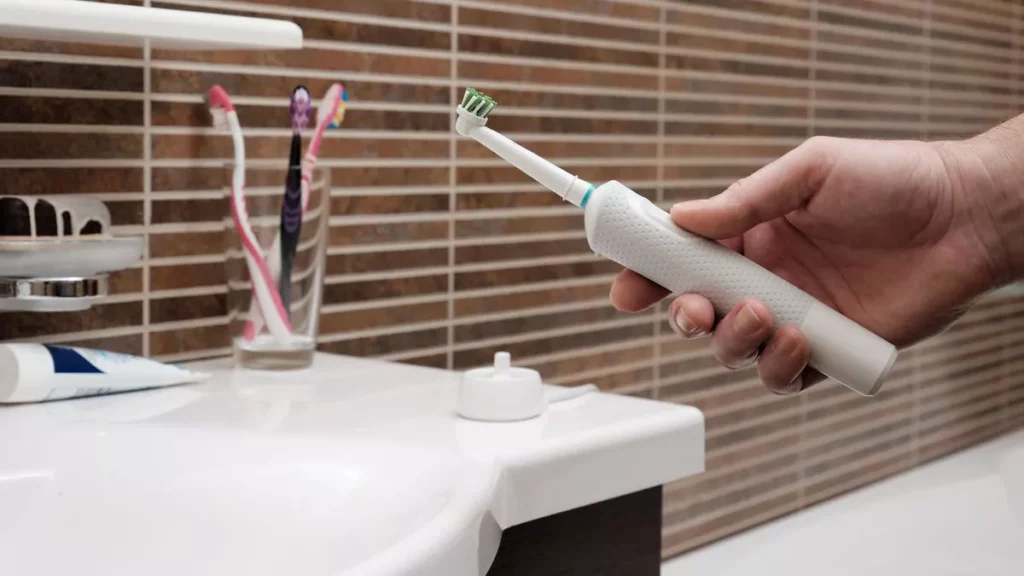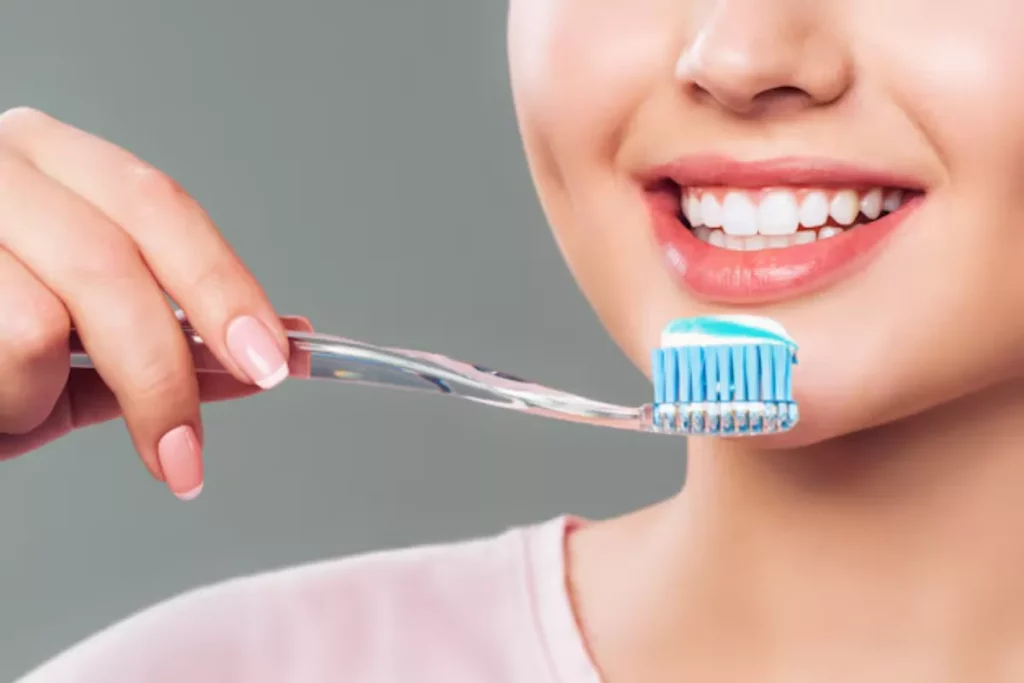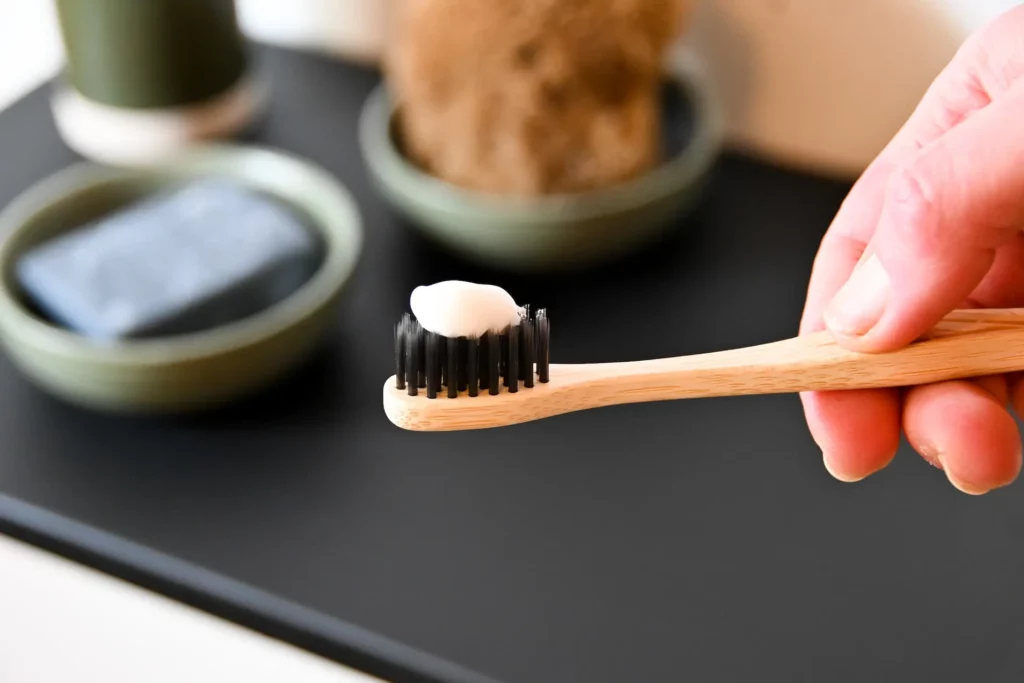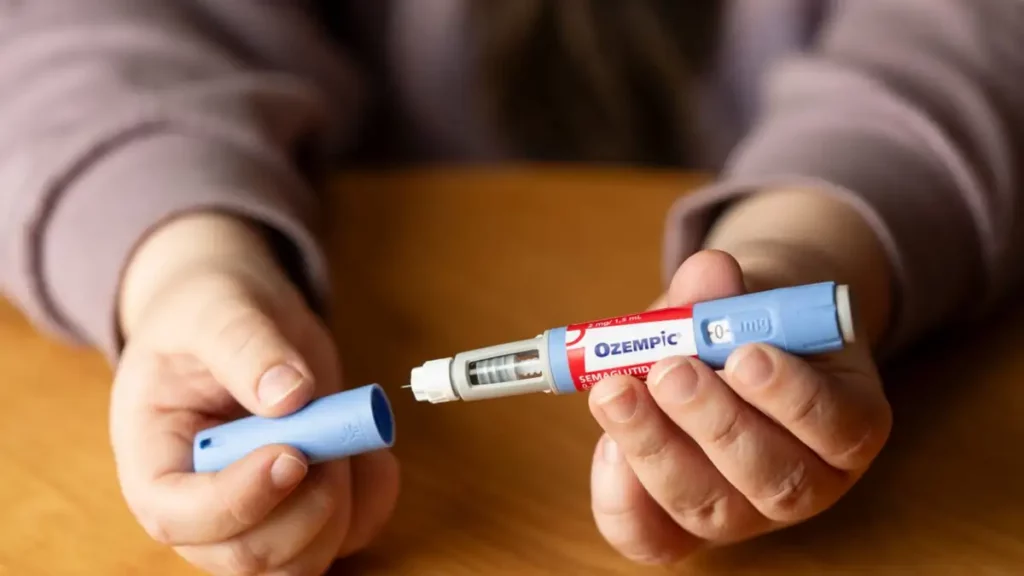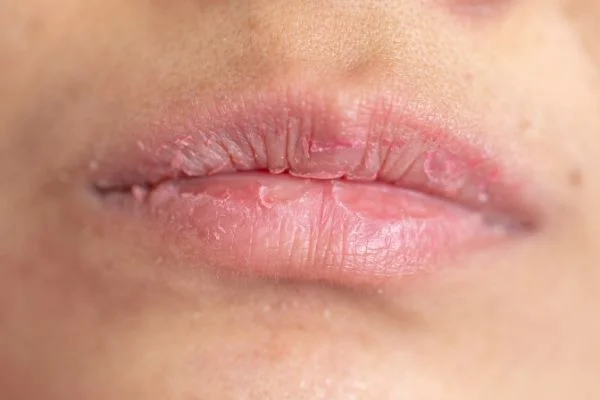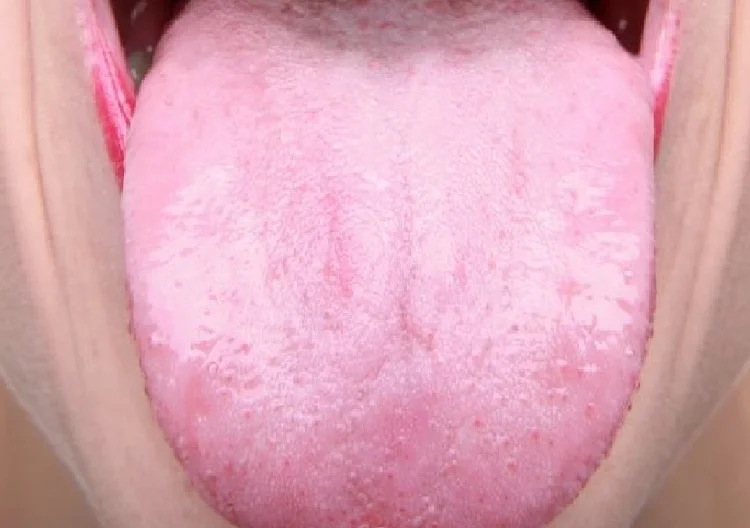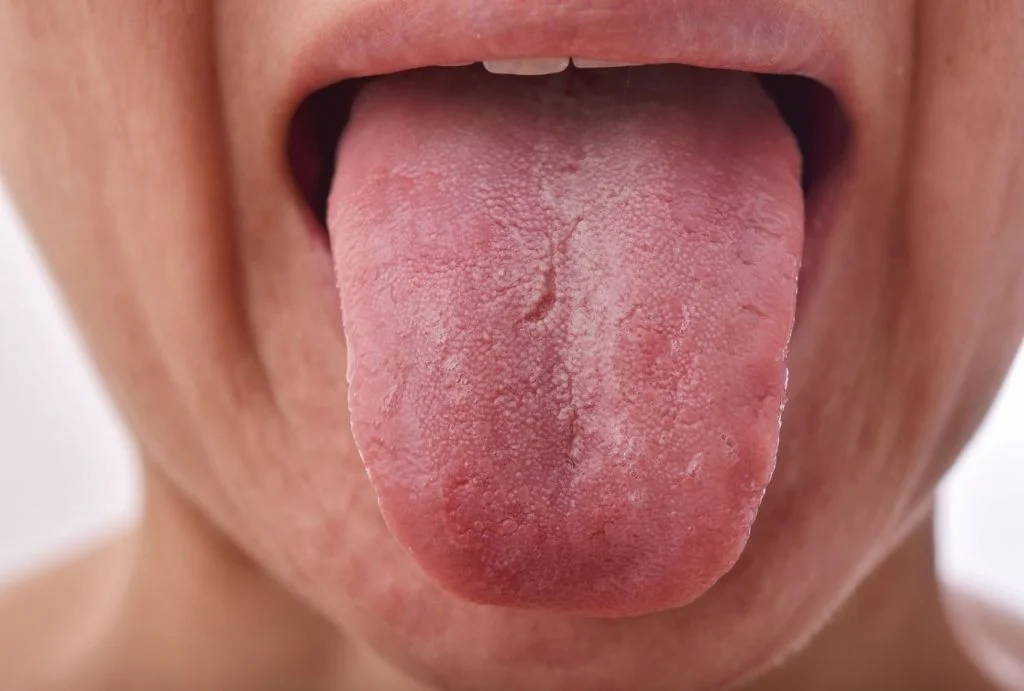Last Updated on: 19th September 2025, 12:31 pm
Approximately 1 in 54 children in the United States is diagnosed with an autism spectrum disorder. Every year on April 2nd, we recognize World Autism Awareness Day, a perfect opportunity to better understand and support individuals living on the spectrum.
There is usually a lot of talk about education and social inclusion for those with autism, but there are other issues, such as dental care, that are also important and often overlooked.
For many people with autism, simple activities such as brushing their teeth or visiting the dentist can become overwhelming experiences due to sensory sensitivities, anxiety, or communication difficulties.
This article seeks to explain these unique challenges and offer simple, practical strategies to support better oral care. With the right approach, brushing and dental visits can become less stressful and even positive for everyone, including individuals with autism, their families, and the dental staff.
Understanding oral care challenges in autism
Oral hygiene routines, such as brushing teeth and visiting the dentist, can pose great challenges for individuals with autism. This is not due to a lack of willingness or understanding, but rather due to sensory sensitivities, anxiety, and communication barriers commonly experienced.
Sensory sensitivities
Brushing your teeth might seem like a simple task, but for someone with autism, it can feel overwhelming. At home, things like the rough feeling of the toothbrush bristles, the strong taste or texture of the toothpaste, or foam in the mouth can be very uncomfortable and lead to resistance.
At the dentist’s office, the experience can be even more intense. Bright lights, intense loud or unfamiliar sounds from the dental tools, the smell of the clinic, or the sensation of the dentist’s gloves can all trigger distress.
To make things easier, choose products that match their sensory needs, like extra-soft toothbrushes or mild, low-foam toothpaste. Introducing each new sensation slowly helps them adjust at their own pace and feel more comfortable over time.
Anxiety and fear
Dental visits can be stressful for anyone, but for individuals with autism, they can be especially challenging. Unfamiliar environments, bright lights, unusual sounds, and new people all increase anxiety.
One of the best ways to reduce stress is by creating predictable routines at home and preparing carefully for each dental visit. When the person knows what to expect, the experience becomes more manageable and less overwhelming.
Communication barriers
Communication difficulties can make it hard for people with autism to express discomfort or pain, especially during dental care. Using tools like visual aids, simple language, clear gestures, and social stories can be incredibly helpful.
These supports make it easier to explain what will happen step by step, reducing confusion and anxiety. They help the patient feel more at ease and make the whole dental routine smoother and more predictable.
Supporting oral care for people with autism on World Autism Awareness Day
Supporting someone with autism in their dental care goes beyond just brushing and flossing; it’s about creating a calm, predictable, and safe experience at home and the dentist’s office. By understanding their specific needs and taking small, thoughtful steps, we can turn oral care from a source of stress into a manageable and even positive part of daily life.
Step-by-step support at home
Building a comfortable and consistent routine at home can make all the difference. These strategies are helpful for both children and adults:
- Start with structure: Brushing at the same time each day, like after meals or before bed, helps build predictability. Many people with autism feel more comfortable when they know what’s coming.
- Use the right tools: Sensory-friendly products can make a big impact. Soft or extra-soft toothbrushes, gentle electric brushes, and toothpaste with mild or neutral flavors (and minimal foam) reduce discomfort.
- Introduce brushing gradually: If the person shows resistance, take it slow. Let them explore the toothbrush with their hands, hold it to their lips, or even try brushing a doll. Slowly increase exposure at their pace.
- Make it visual: Illustrated step-by-step charts or photo guides can help explain each part of the routine clearly. You may choose to count aloud while brushing each section of the mouth to create rhythm and structure.
- Break it down: Teaching brushing by zones (top left, bottom left, top right, bottom right, and then the tongue) can make the process feel more manageable and less overwhelming.
- Encourage and celebrate: Praise, rewards, or a favorite activity after brushing can turn the routine into something positive. Even simple encouragement like “Great job brushing your teeth today!” can help.
- Be present: Caregivers should be present during brushing, especially with children or those who need extra support. Over time, this helps the person build confidence and independence.
- Learn through play: Especially for kids, turning oral care into a playful activity, like pretending to be the dentist or brushing a toy’s teeth, can make it feel less scary and more familiar.
Easing dental visits: from stressful to supportive
Going to the dentist can be intimidating, especially for someone with autism. But with the right preparation, it doesn’t have to be. Here are some ways to make dental visits go smoothly:
- Prepare in advance: Use social stories, visual schedules, or short videos to show what will happen during the visit. Knowing the steps beforehand reduces anxiety.
- Practice beforehand: Some dental offices allow brief, non-treatment visits where the person can explore the space, see the tools, and meet the staff. This builds familiarity and comfort.
- Create a calming environment: Soft lighting, reduced noise, and a quiet waiting area can help. Dentists who explain things calmly and gently can also make a big difference.
- Keep communication simple: Short, clear instructions paired with visual cues can help the person follow along during the appointment.
- Use comfort tools: Weighted blankets, sensory toys, or noise-canceling headphones with soothing music can help the person stay relaxed during treatment.
- Respect their pace: Some people may only tolerate part of the exam at first, and that’s okay. Breaking the visit into shorter sessions may work better than pushing through everything at once.
- Make it a routine: Don’t wait for a dental emergency. Regular checkups every 3 to 6 months can make visits feel normal and less tied to pain or fear.
Kids vs. Adults with autism
While some strategies work for everyone, it’s helpful to consider how oral care needs and challenges can change over time.
For children with autism
In childhood, caregivers often have more control over daily routines, which makes it easier to guide and support. Kids respond especially well to visual tools, games, songs, and fun characters. Making brushing feel like play rather than a chore helps build habits that will stick.
This is also a great time to create positive associations with dental care. A child who grows up feeling safe and supported during brushing and dental visits is more likely to maintain those habits into adulthood.
For adults with autism
Some autistic adults may be fully independent with oral care, while others still need help. Adults who had negative experiences as children might have developed anxiety or avoid going to the dentist altogether. In these cases, it may be necessary to reintroduce oral care gently, starting small and adapting the routine to their comfort level.
Adults might also face new challenges, like dry mouth from medications or motor difficulties that make brushing harder. A flexible, understanding dentist, ideally one with experience in special needs care, can offer support. Sometimes, even pediatric dentists can be a great fit for adults who need a more personalized and sensory-friendly approach.
What works at any age
Whether supporting a child or an adult, some strategies are universally effective:
- Predictable routines reduce stress and support habit-building.
- Sensory accommodations make brushing and visits more comfortable.
- Visual aids help clarify steps and expectations.
- Gradual exposure allows the person to adjust at their own pace.
- Positive reinforcement encourages cooperation and builds confidence.
- Empathy and respect are essential in every interaction.
Recommended products for autism-friendly oral care
Using the right tools can make a big difference in building a positive, stress-free oral hygiene routine. Here are some recommended products that are especially helpful for individuals with autism:
Toothbrushes:
- Soft or extra-soft bristles
- Electric toothbrushes with gentle vibrations
- Three-sided toothbrushes for quicker, easier brushing
- Mild or neutral flavors (e.g., unflavored, light fruit flavors)
- Low-foam formulas
- Fluoride-free options if needed (based on individual tolerance or medical advice)
- Floss picks with easy-to-hold, ergonomic handles
- Pre-threaded flossers for simpler use
- Alcohol-free formulas
- Mild taste, suitable for sensitive mouths
Visual aids and social stories:
- Printable visual schedules showing step-by-step brushing and flossing
- Illustrated social stories to prepare for dental routines or visits
Maintaining consistency and aftercare
Once the routine is established, consistency is advised. Brushing and flossing at the same time every day builds familiarity and reduces resistance. Use the same products consistently to avoid surprises in texture or taste. Reinforce the routine with visual cues and gentle reminders, and celebrate effort and progress with positive reinforcement.
If flossing or mouthwash is introduced, do so gradually based on what the individual can tolerate. The goal is to create a stable, predictable oral care routine that feels safe, manageable, and supportive, one that can be maintained long-term for better oral and overall health.
Conclusion
Caring for the dental health of someone with autism goes beyond brushing and dentist visits. It’s about creating routines that feel safe, using tools that respect their sensitivities, and approaching every step with patience and understanding.
With the right support, what once felt overwhelming can become part of a calm and predictable routine, helping not only with healthier teeth but also with a better quality of life for both the individual and their family.
Frequently Asked Questions
What if my child only wants to brush with a specific brand or color of toothbrush?
How do I know if my autistic child is in dental pain if they can’t tell me?
Is it okay to let someone with autism skip brushing if they’re having a meltdown or a bad day?
What kind of dentist should I look for if my child has autism?
Are pediatric dentists okay for autistic adults?
Share
References
1. Chase, I. (2021, 29 June). Making visits to the dentist easier for people with autism spectrum disorder. Harvard Health. https://www.health.harvard.edu/blog/making-visits-to-the-dentist-easier-for-people-with-autism-spectrum-disorder-202106292513
2. National Autistic Society. (2020). Dentists. https://www.autism.org.uk/advice-and-guidance/topics/physical-health/going-to-the-dentist/dentists
3. Swain, E. (2024, 17 October). Dental Care Guidance for Caregivers of Patients with Down Syndrome. NewMouth. https://www.newmouth.com/resources/down-syndrome/
-
Dr. Yeidy Carolina Mesa [Author]
DDS Yeidy Carolina Mesa Passionate Dentist | Advocate for Accessible Oral Health Education Graduating from Universidad CES in 2022, I am a dedicated general dentist with a lifelong passion for helping others and making a meaningful impact in the world. My journey into dentistry began at the age of 7, inspired by my own experience with braces and overcoming a fear of the dentist. This personal journey shaped my mission to help patients conquer their own dental anxieties and embrace a healthier,...
View all posts
-
Nayibe Cubillos M. [Medical Reviewer]
Pharmaceutical Chemestry |Pharmaceutical Process Management | Pharmaceutical Care | Pharmaceutical Services Audit | Pharmaceutical Services Process Consulting | Content Project Manager | SEO Knowledge | Content Writer | Leadership | Scrum Master
View all posts
A healthcare writer with a solid background in pharmaceutical chemistry and a thorough understanding of Colombian regulatory processes and comprehensive sector management, she has significant experience coordinating and leading multidisciplina...

